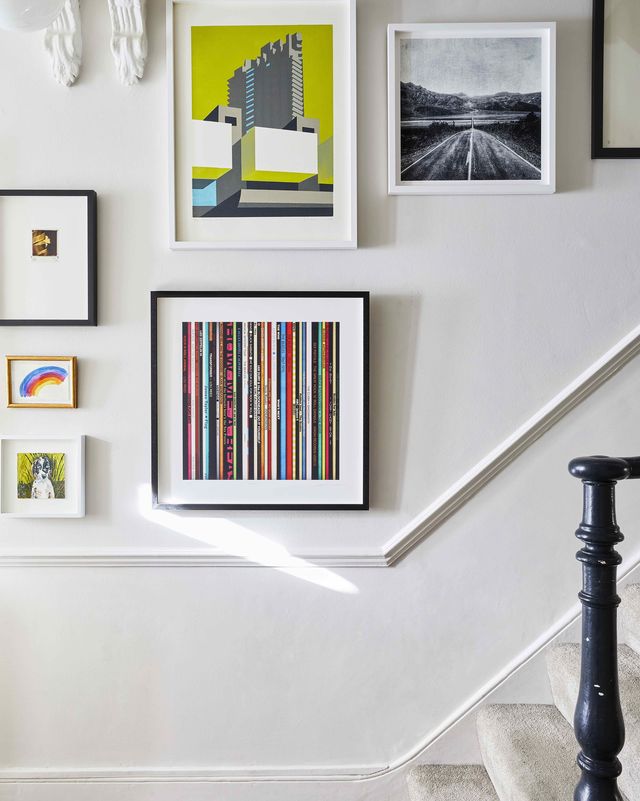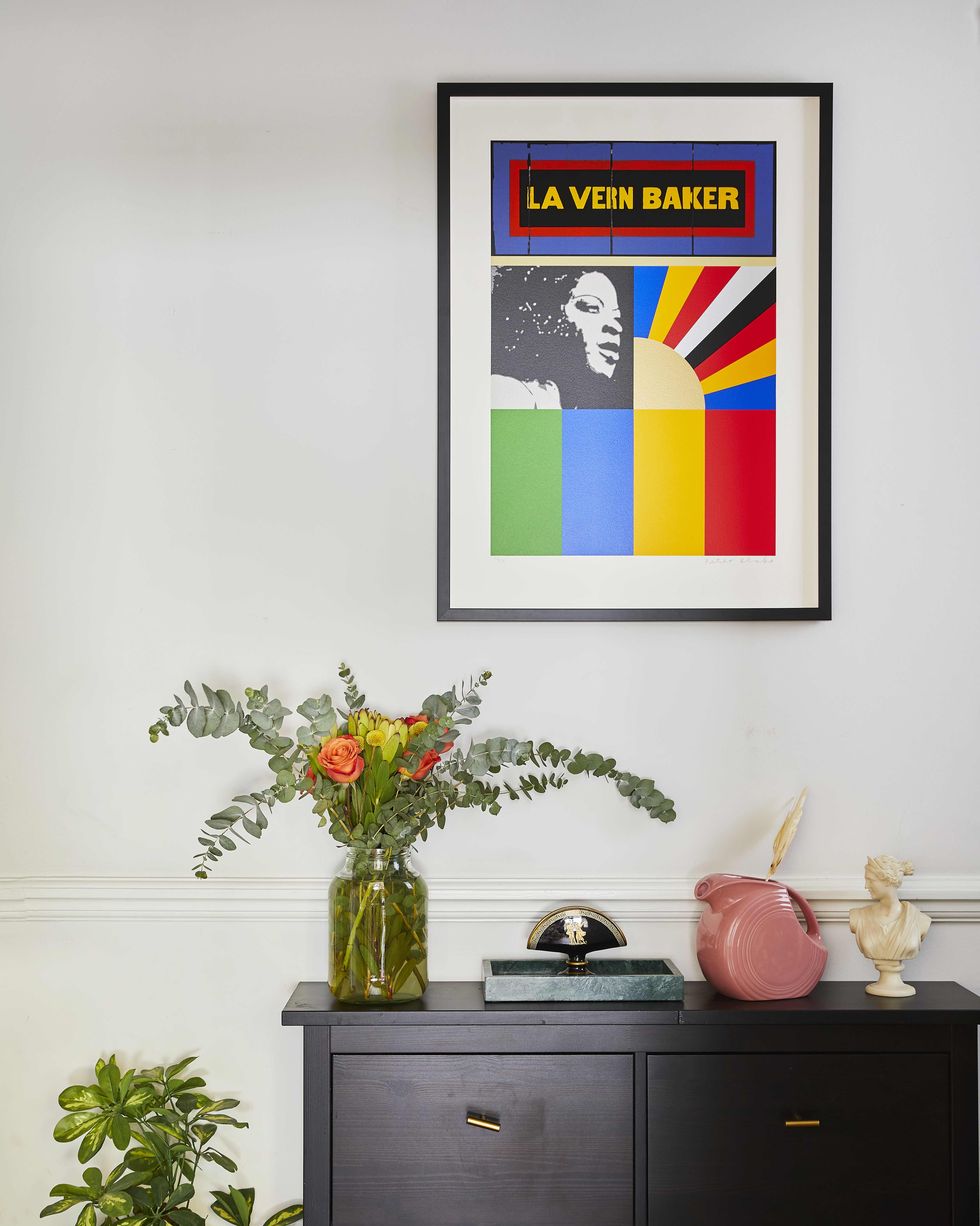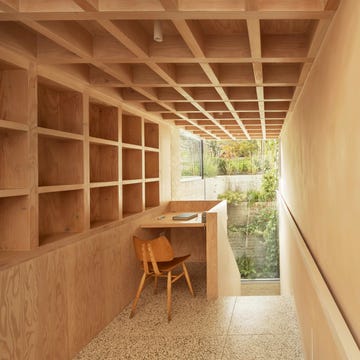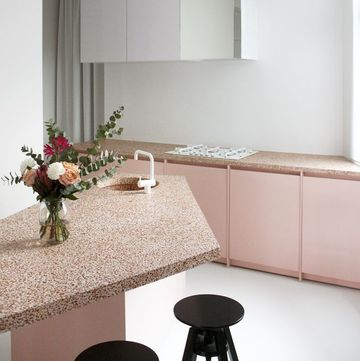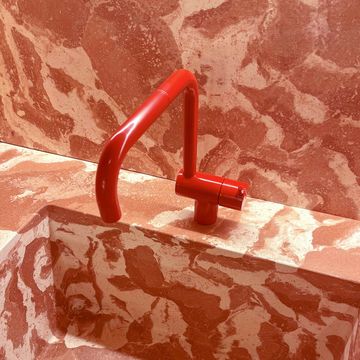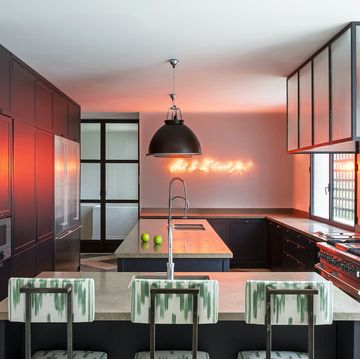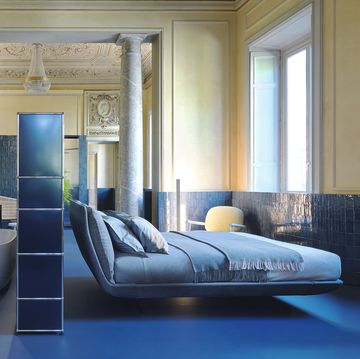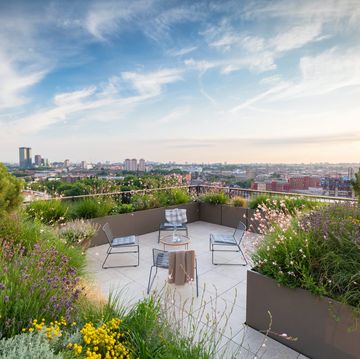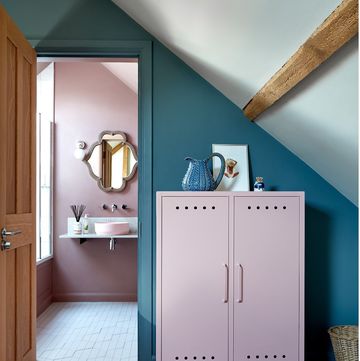Our hallways and staircases are often over-looked as places to hang artworks, since they are seen as passageways or thoroughfares – but they are actually the hardest-working areas in our homes. We walk past these works of art multiple times daily, so they should be things we love.
Some of my favourite pieces of my own collection are hung in my hallway – they welcome me home every day. To ensure your hall gives you the same pleasure, follow these five simple pieces of advice…
Your home and the artwork you choose should be a reflection of you. Don’t be afraid to express yourself from the moment the door is opened. Thinking about the mood you are looking to create in your home is key. For an uplifting, vibrant atmosphere, go bold with the style and/or colour. Alternatively, if you are looking to create a calming, peaceful entrance, something more soothing – such as a landscape or seascape – will set the tone for your home.
What's everyone reading?
If you have an expanse of wall to fill, make a statement with a larger piece. It can turn your hallway from an afterthought to a talking point. I’d always advise filling the available space and not leaving anything ‘floating’. This can be done with one oversized piece or by clustering some smaller pieces.
Entrances and thoroughfares are ideal places for gallery walls. These fill the space and draw you into the heart of the home. In a narrow corridor, a uniform grid hang using small or medium sized artworks or photographs works well. If you have more space to play with, a freestyle arrangement looks brilliant – you could also continue it up a staircase.
In tight, awkward spaces, such as narrow hallways, pick artworks that tie together visually. This helps to create a seamless feel and won’t overwhelm a small area. For example, a diptych or triptych looks great. Alternatively, a loose colour scheme that themes the pieces will create synergy. This can also be done by choosing the same colour frames for all of your artworks.
When it comes to hanging, your eyeline is the perfect position. After all, what do you see when you open the front door? Where do you look when you walk from one room to another or open the bathroom door? These are the perfect places for art as they capture your gaze. Even the smallest corner can become an eye-catching spot for a piece that will make you smile every day. murus.art
